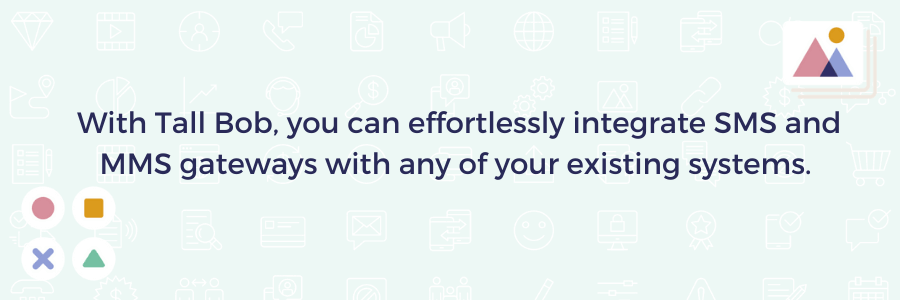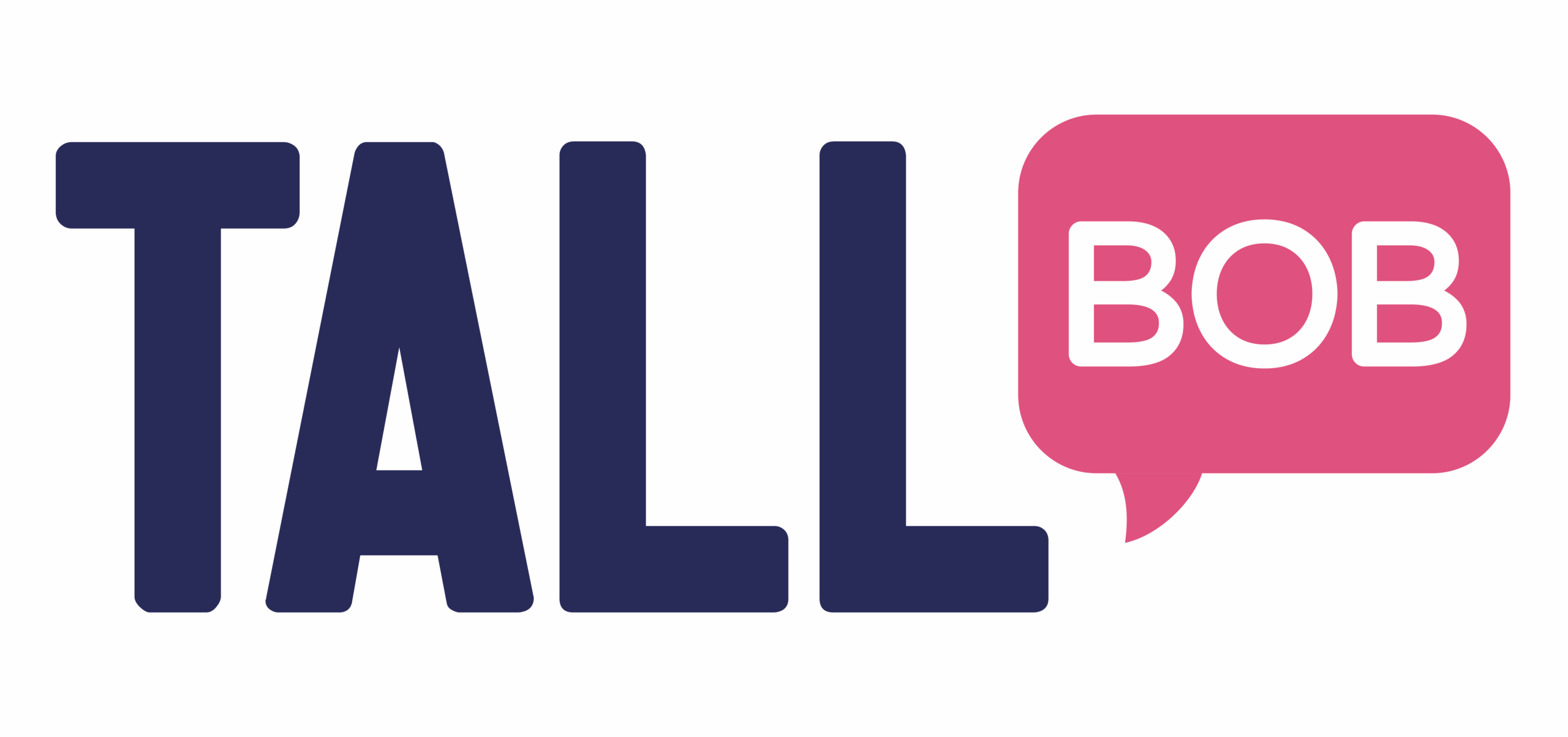If you’ve stumbled across this article, chances are, you’re probably wondering about MMS technology and how your business can utilise it? You’ll find answers to your questions plus everything else you need to know about MMS in this 101 blog.
They say a picture is worth a thousand words. We think it’s worth a billion characters!
A brief history of MMS messaging
Sony Ericsson released its first mobile device with MMS capability in 2002. Other mobile technology companies went on to adopt this feature over the next few years. Multimedia Messaging Service (known as MMS) uses the same technology as SMS. But instead of just text, users are able to send multimedia messages.
So what is MMS Messaging?
If SMS is the workhorse, MMS is a racehorse. It has the capability to help you get your message across in a manner that is louder, brighter and better.
With MMS messaging you can send messages that are up to 1,200 characters long (vs SMS at 160 characters) with pictures, audio, GIFs and video files.
When you need more space for your message or want to make your messaging more visual, MMS is your best bet.
SMS vs MMS messaging: What’s the difference?
At its core, SMS (Short Message Service) is a plain text-based service that exchanges instant messages between mobile devices. But when 65% of people state that they retain more information with an image, plain text might not be enough.
With Tall Bob, you can effortlessly integrate SMS and MMS gateways with any of your existing systems.
See how we can help streamline your mobile communication.

Say more than just words
MMS messages have become increasingly popular over time given that over 80 percent of the world’s population own a smartphone. Sharing visual images and multimedia content has now become an integral part of how people communicate.
If you’re a business, 160 characters might be fine for an appointment reminder or sending a short notification message
If you want to deliver an emotive story or a multilayered promotional message, choose MMS. MMS gives you the ability to truly customise your messaging with interactive content.
Engage recipients like never before
When your goal is engagement at the next level, MMS means you have greater flexibility in crafting your message. According to Tech Asia, on average MMS has a proven 15% higher click-through rate than SMS messages. Multimedia content is also four times more likely to be shared with other recipients.
And, MMS messages have the ability to include subject lines on some phones to immediately draw interest. Some other examples include
- Send your loyalty base a video reel of new seasons fashions
- Real estate agents sending clients a walk-through of a property
- eCommerce can send gifs and coupon codes for special offers and early access sales
- Service companies can send technician details and work confirmations through photos and video.
There’s not much that MMS can’t do: sending QR codes, tickets, maps and more.


Consider the cost
If you’re considering using MMS for your marketing campaigns, saving a few cents extra can add up in lost ROI when bulk messaging.
With some network providers, MMS messages can cost 5 times more than sending a single SMS message. This is because sending multimedia messages involves more data. It can be more expensive, and that investment shows through professionalism and customer experience.
At Tall Bob, we know what good value for money looks like. That’s why we’re committed to the best pricing across our suite of solutions.
The bottom line
If you’re thinking ‘should I use SMS or MMS?’ There’s no right or wrong answer. Both are used for very different reasons and choosing the right one depends on your objectives and what you’re trying to achieve.
For smaller budgets or informational messages like a confirmation or an appointment reminder, SMS might be a better option. If you’re driving brand awareness, sending an event invite, and more choose MMS. MMS can help in generating more emotional connections by delivering messages that capture attention better.
See how you can harness the power of MMS messages with Tall Bob.


